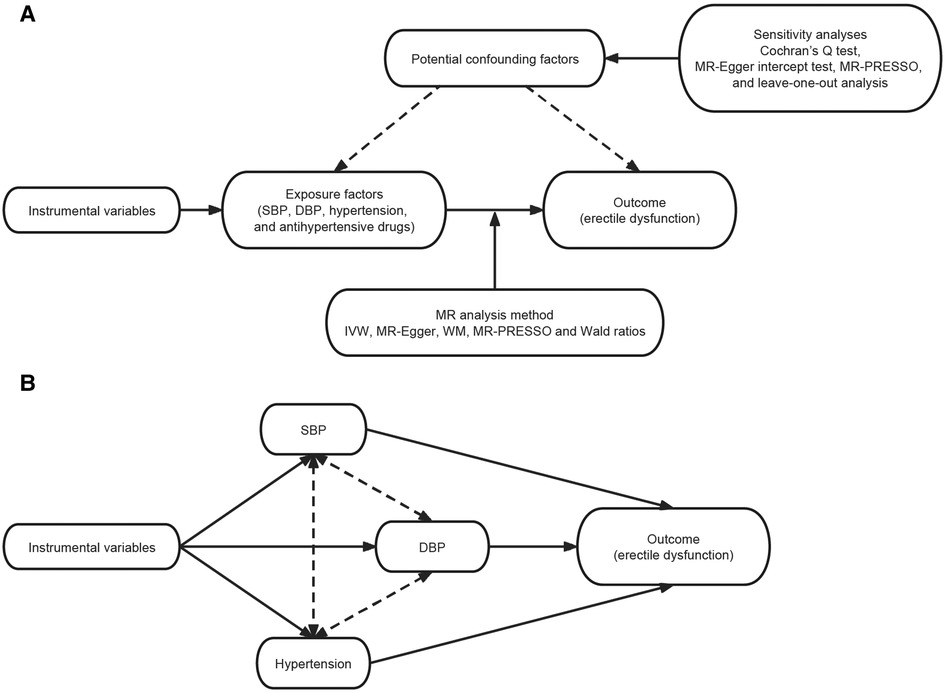
arlenefison94
About arlenefison94
Revitalizing Urban Areas: The Transformation Of Occasions Sq.

The bustling coronary heart of new York City, Instances Square, is a worldwide icon recognized for its vivid lights, Broadway shows, and the annual New 12 months’s Eve ball drop. Nevertheless, the realm has undergone important transformations over the years, evolving from a gritty urban space into a vibrant pedestrian-friendly setting. This case examine explores the revitalization of Times Square, examining the strategies employed, the challenges confronted, and the impact of these adjustments on the community and tourism.
Historic Context
Times Square, originally named Longacre Square, was a hub for horse-drawn carriages in the late nineteenth century. By the early 20th century, it had change into a middle for the theater district, attracting visitors with its vaudeville shows and later, Broadway productions. Nonetheless, by the 1970s, Instances Square had gained a repute for crime, poverty, and grownup entertainment. If you are you looking for more info about www.erectiledysfunctiontreatments.Online look into our own internet site. The area was marked by dilapidated buildings and a basic sense of neglect, which deterred tourists and locals alike.
The Turning Level
Within the late 1980s, metropolis officials recognized the necessity to revitalize Occasions Sq.. The primary main initiative was the institution of the Instances Sq. Enterprise Improvement District (BID) in 1992. This group aimed to enhance the world’s security, cleanliness, and total enchantment by way of public-personal partnerships. The BID invested in infrastructure enhancements, increased police presence, and promoted cultural events to attract guests.
Design and Urban Planning
The most important transformation occurred within the mid-2000s when the city launched a complete redesign of Occasions Sq.. The plan was spearheaded by the new York City Department of Transportation (DOT) and aimed to reclaim the house for pedestrians. In 2009, parts of Broadway were closed to vehicular traffic, creating pedestrian plazas that allowed for outdoor seating, performances, and public art installations.
This redesign was guided by a number of key principles:
- Pedestrian Security: The primary focus was on improving security for pedestrians. The introduction of wider sidewalks and the creation of automotive-free zones significantly decreased accidents and accidents.
- Public House Utilization: The brand new design encouraged the use of public areas for social interplay, performances, and occasions. This included the set up of movable furniture, which allowed visitors to customize their experience.
- Sustainability: The revitalization efforts included inexperienced initiatives, similar to planting timber and putting in permeable paving to handle stormwater runoff.
Neighborhood Engagement
A vital side of the revitalization course of was participating the local community. Town held quite a few public conferences to assemble input from residents, enterprise owners, and stakeholders. This participatory strategy ensured that the redesign mirrored the wants and desires of those that lived and labored in the realm.
Moreover, partnerships with native arts organizations facilitated the incorporation of cultural programming into the revitalized space. Occasions such as outside live shows, art exhibitions, and road performances became common occurrences, drawing both locals and vacationers to the realm.
Economic Influence
The revitalization of Occasions Square had a profound influence on the native economic system. In accordance with a report by the NYC Division of Metropolis Planning, the area experienced a significant enhance in foot visitors, with pedestrian counts rising from roughly 300,000 to over 450,000 each day. This surge in visitors led to a lift in retail gross sales, with many businesses reporting elevated revenue.
Moreover, the revitalization attracted new investments, together with high-profile eating places, retailers, and inns. The world turned a prime location for companies seeking to capitalize on the increased visibility and foot visitors. The transformation of Times Sq. also contributed to the overall financial recovery of new York Metropolis following the 2008 financial disaster.
Challenges and Criticisms
Regardless of the successes, the revitalization of Times Square was not without its challenges. One in every of the first criticisms was the commercialization of the world. As extra companies and chain stores opened, some locals expressed concern that Occasions Sq. was losing its distinctive character and becoming overly vacationer-centric. The inflow of vacationers also raised issues related to overcrowding and the displacement of long-standing native businesses.
Moreover, the initial implementation of the pedestrian plazas faced pushback from some drivers and native companies who had been involved about traffic congestion and accessibility. The town addressed these considerations by frequently monitoring traffic patterns and making adjustments to the design as vital.

Conclusion
The revitalization of Times Square serves as a compelling case examine in city planning and neighborhood engagement. By a collaborative approach that prioritized pedestrian safety and public house utilization, the realm was reworked from a uncared for urban space right into a vibrant cultural and financial hub. The success of this initiative highlights the importance of considerate urban design and the potential for revitalizing struggling areas by means of modern methods.
At the moment, Occasions Sq. stands as a testomony to the power of urban revitalization, attracting millions of holiday makers every year and serving as a model for different cities seeking to breathe new life into their public areas. As cities around the world proceed to grapple with problems with safety, accessibility, and community engagement, the lessons learned from Occasions Square’s transformation will undoubtedly inform future urban improvement efforts.
No listing found.

